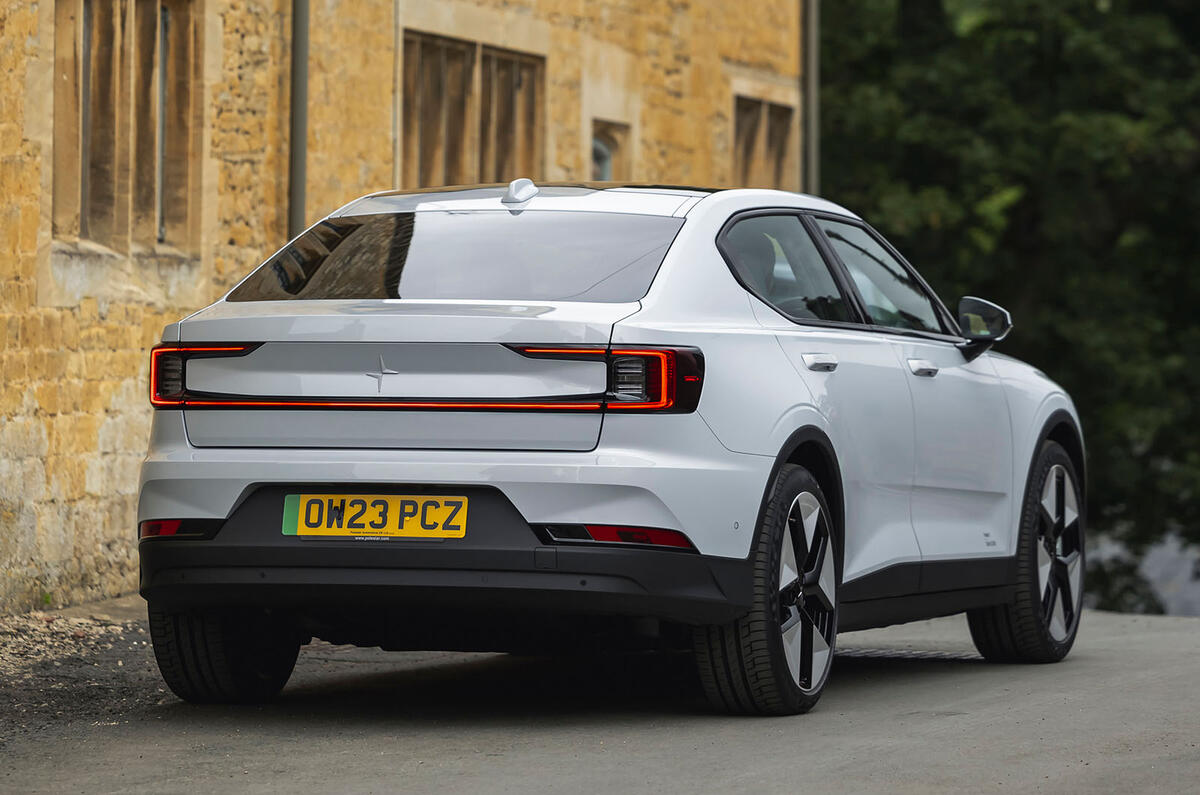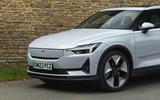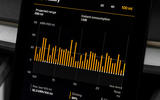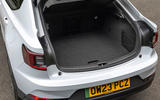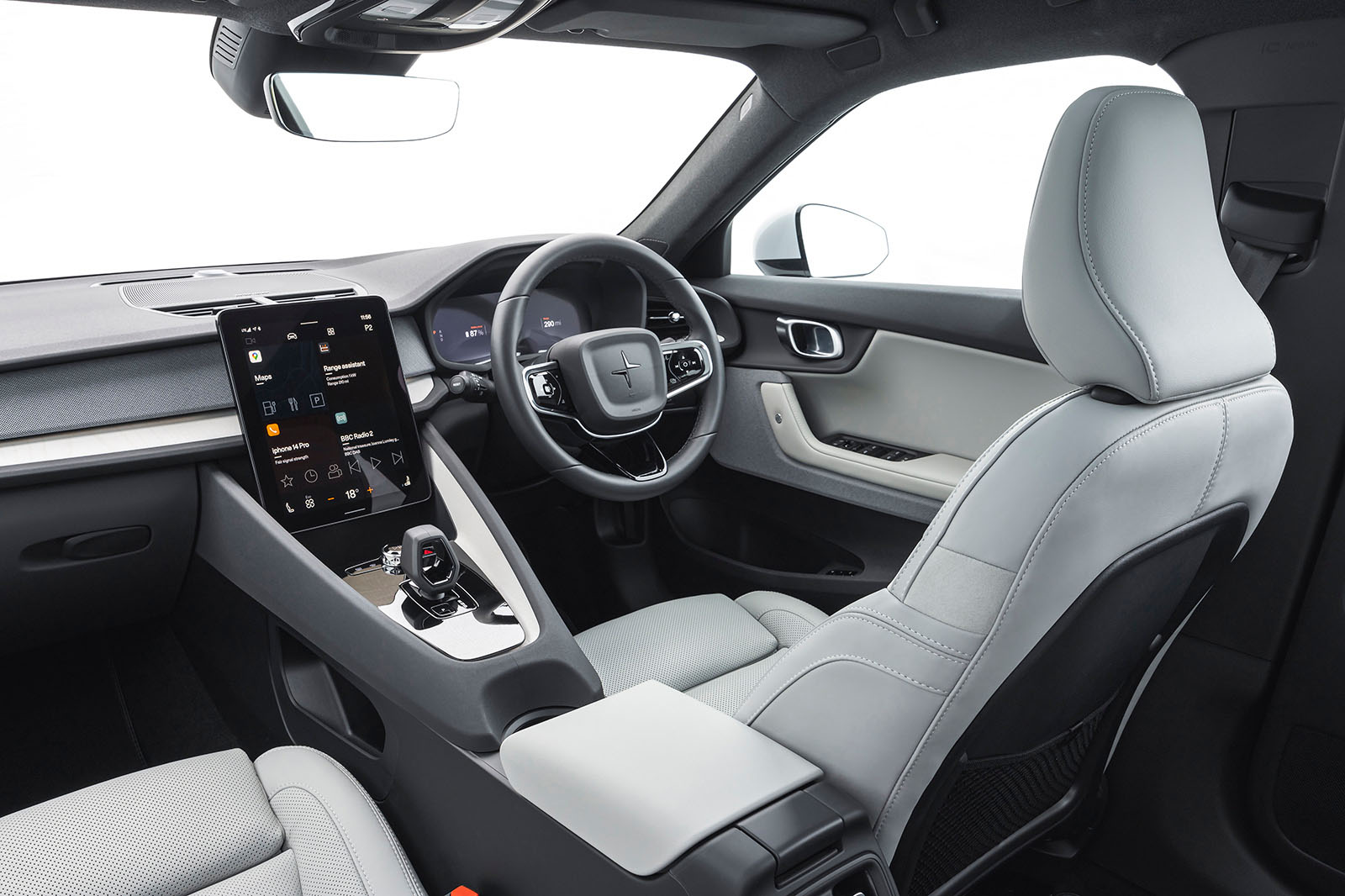So how much difference does a 23% power hike, a 33% torque gain and a switch to rear-drive make to the single-motor Polestar’s measurable potential to accelerate, and its wider driving experience?
Where the front-drive car we figured in 2022 required fully 8.0sec to hit 60mph from rest, the new one needed just 5.9sec. Where the old car took almost 21sec to hit 100mph, the new one needed only 15.5sec, and 30-70mph – a 6.7sec wait formerly – drops to 5.0sec. Sizeable and appreciable performance gains, all.
Compared with its rivals, too, the Polestar 2 moves to a much more competitive position. The single-motor Hyundai Ioniq 6 we tested earlier this year was slower across the board - from standing to 60mph and from 30-70mph by more than a second each. The single-motor, long-range Nissan Ariya we tested in 2022 was slower still.
The 2 retains the moderate tuning, and the smooth and well-judged level of step-off responsiveness of the pre-facelift car. It feels quicker off the mark than it did, and now puts its power down very effectively at the rear wheels, but it doesn’t rabbit into motion at the first brush of the accelerator, and it balances easy drivability and grown-up sophistication with an energetic turn of speed very well.
This is an EV in which the details of the driving experience have clearly been paid special attention. You can turn its low-speed transmission ‘creep’ function on and off on the central infotainment display, and likewise adjust its default trailing-throttle energy regeneration preferences in the same place (by turning ‘One Pedal Drive’ either down or off).
Polestar prefers not to give you ‘shift' paddles by which you might manage battery regeneration more closely, which we miss a little - but even so, the 2’s is a pretty foolproof and intuitive kind of drivability.
You can make the car ‘sail’ on a trailing throttle when you want to conserve momentum, using what is an intuitive-feeling brake pedal to blend up battery regen when you do need to slow. Or you can adopt a keener driving style, worrying less about how much energy you’re using, and letting the car recover what it can automatically and effectively when you lift off the power. Brake energy regeneration efficiency may be a little adversely affected in outright terms by the movement of the drive motor from front to rear, but you certainly don’t feel any penalty.
Our test car rode on optional 20in alloy wheels and noise-cancelling Continental tyres, but even so, the Polestar 2 remains an only averagely quiet-riding car. Perhaps due to a marginally firmer-sprung rear axle, the 2024-model-year car recorded a slightly noisier cruise that the pre-facelift one managed, coming off second best on measurable cabin isolation to the likes of the Skoda Enyaq iV, Kia EV6 and Mercedes EQA. That’s perhaps a little disappointing for a car with a clear premium positioning, although the 2 still feels usefully calm and quiet-riding for its occupants in general terms.






